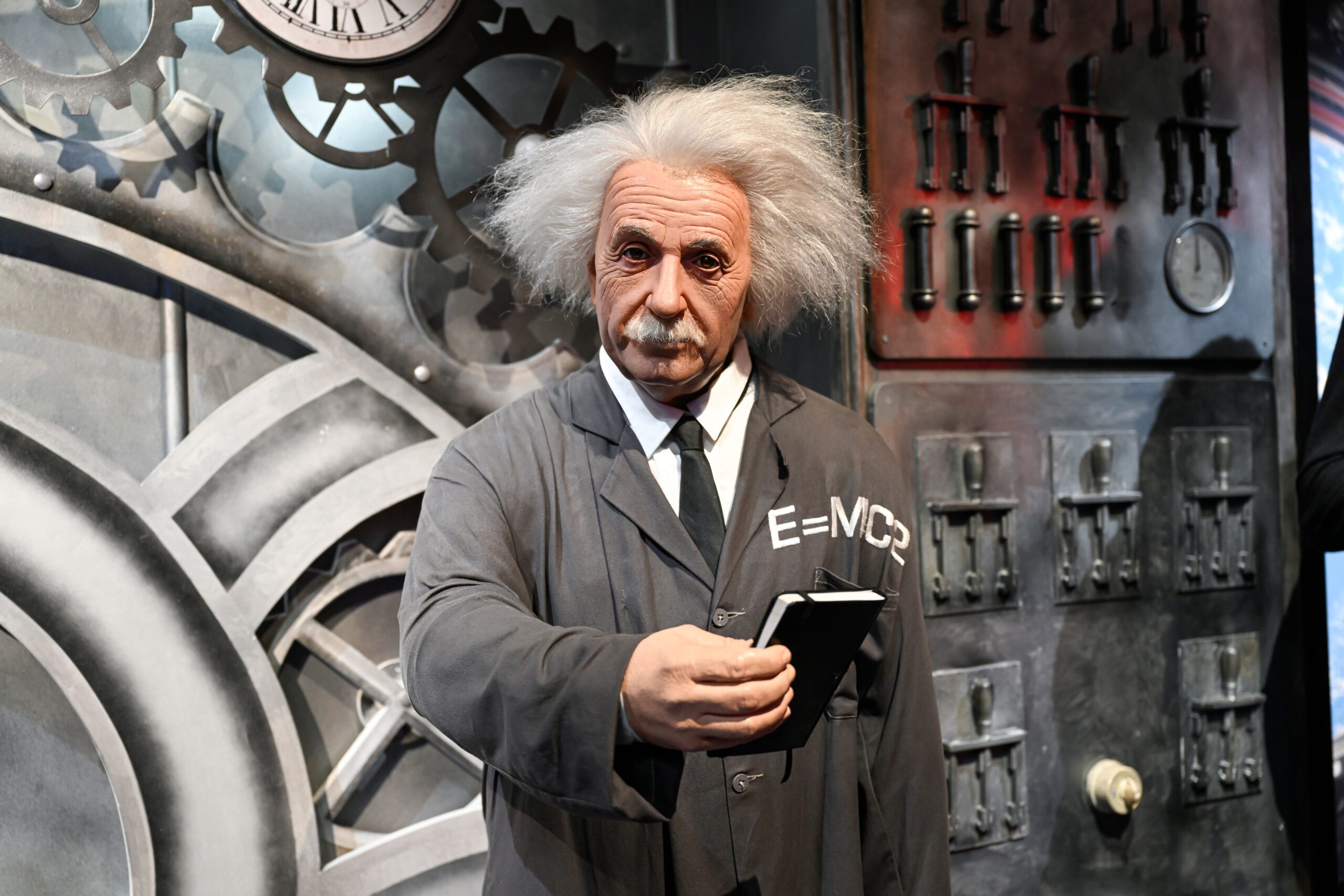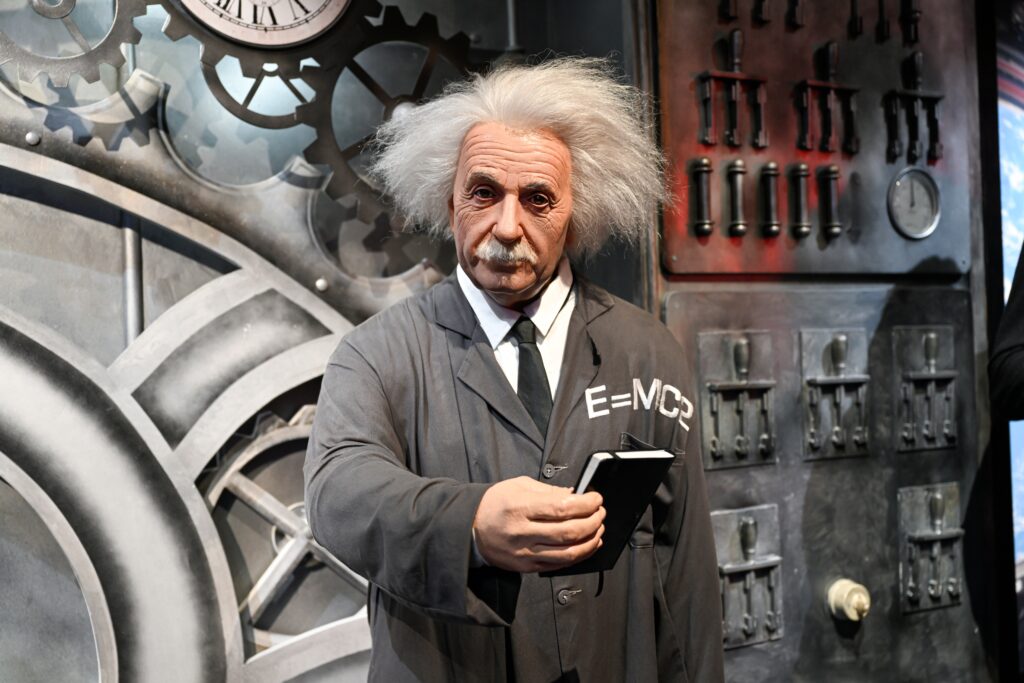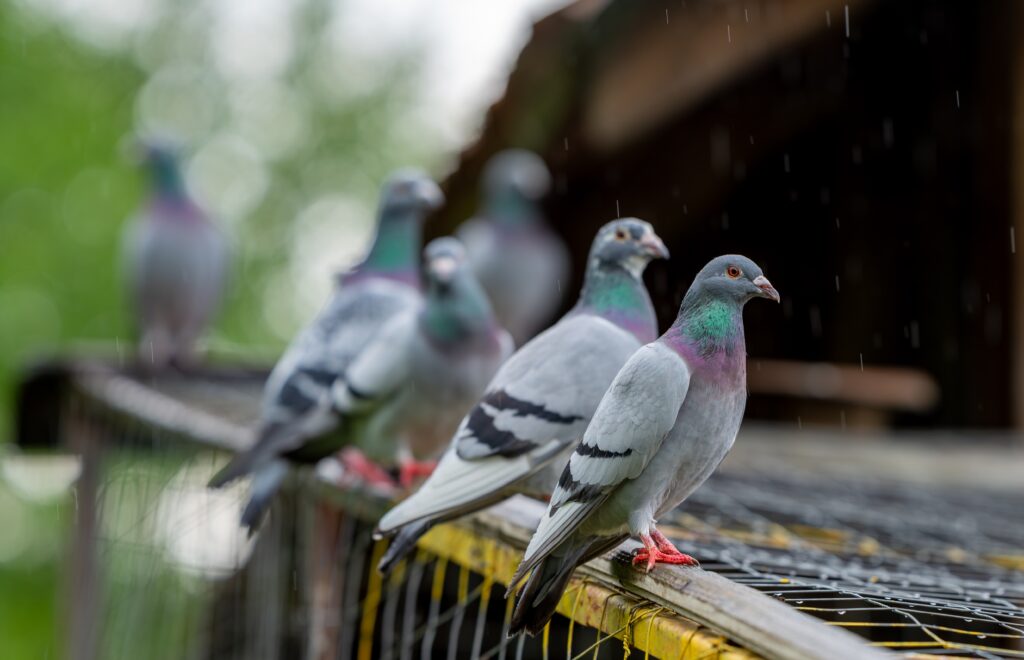
5 Famous Figures with Hobbies You’d Never Expect
The way we perceive greatness is often linear: geniuses devote themselves entirely to their craft, their purpose unshaken by distractions. Yet history tells a different story. Many of the world’s greatest minds and most influential figures pursued hobbies that seemed at odds with their public personas. These passions were not just diversions but sources of inspiration, allowing them to explore life beyond the confines of their chosen fields. Their pastimes remind us that curiosity is never wasted, and that embracing seemingly unrelated interests can fuel creativity, resilience, and joy.

Outline
- Albert Einstein – The Sailor Who Couldn’t Swim
- Winston Churchill – The Painter of Peace
- Marie Curie – The Cycling Enthusiast
- Nikola Tesla – The Pigeon Whisperer
- Leonardo da Vinci – The Master of Music
- The Power of Unlikely Passions
- FAQs
1. Albert Einstein – The Sailor Who Couldn’t Swim
Albert Einstein, the theoretical physicist who reshaped our understanding of the universe, had an unusual passion: sailing. Despite being notoriously bad at it and incapable of swimming, Einstein found solace in drifting along the water. He preferred wind-powered motion over engines, enjoying the quiet contemplation that sailing provided. This pastime reflects a deeper truth about intellectual discovery: great insights often arise in moments of stillness. In psychology, the concept of “diffuse thinking” suggests that our brains make some of their most profound connections when they are at rest. Einstein’s love for sailing exemplifies this principle—sometimes, the best way to solve a problem is to stop thinking about it directly.
2. Winston Churchill – The Painter of Peace
Winston Churchill, the resolute leader who guided Britain through World War II, found his escape not in politics or battle strategies but in painting. With a brush in hand, Churchill immersed himself in color and composition, losing himself in landscapes and still life. He once wrote, “If it weren’t for painting, I could not live; I couldn’t bear the strain of things.” His hobby was more than relaxation—it was therapy. Neuroscience has long recognized the calming effects of creative activities, which help lower stress levels and improve cognitive flexibility. Churchill’s commitment to painting reveals an essential lesson: when life becomes overwhelming, creative expression is not an indulgence but a necessity.
3. Marie Curie – The Cycling Enthusiast
Marie Curie, the groundbreaking scientist who pioneered research on radioactivity, had a hobby that took her far from the laboratory: cycling. After winning her first Nobel Prize, she and her husband Pierre took a cycling honeymoon, embracing the freedom of the open road. Cycling was not just recreation; it was an exercise in liberation. The rhythm of pedaling, the movement through space, and the simple joy of fresh air were perhaps a counterbalance to the painstaking precision of scientific discovery. Modern research shows that physical exercise significantly boosts cognitive function, increasing creativity and problem-solving abilities. For Curie, cycling was more than just a pastime—it was a form of mental renewal.
4. Nikola Tesla – The Pigeon Whisperer
Nikola Tesla, the visionary inventor responsible for alternating current electricity, wireless transmission, and countless other innovations, had an unusual passion: pigeons. Living in New York, he spent hours in parks feeding and caring for these birds, even developing a deep bond with a particular white pigeon he described as “the joy of my life.” Some might see this as eccentric, but Tesla’s fascination with pigeons speaks to a broader idea: the human need for connection. Studies in psychology indicate that nurturing relationships—even with animals—can provide profound emotional support and inspiration. Tesla, despite his reclusive tendencies, found comfort in his feathered companions, illustrating that even the most brilliant minds need warmth and companionship.

5. Leonardo da Vinci – The Master of Music
Leonardo da Vinci, known for his artistic masterpieces and scientific ingenuity, had another remarkable talent: he was a gifted musician. He played the lyre and composed music, believing that sound and harmony were as essential as light and form. His notebooks reveal a mind that saw no boundaries between disciplines—to Leonardo, art, science, and music were all interconnected. Modern neuroscience supports this idea: learning music enhances spatial reasoning, memory, and problem-solving skills. Da Vinci’s musicality reminds us that true genius is not about specializing in one domain but about embracing multiple forms of expression.
The Power of Unlikely Passions
What do these figures teach us? Their hobbies were not distractions from their work but essential elements of their greatness. Einstein’s sailing, Churchill’s painting, Curie’s cycling, Tesla’s pigeons, and da Vinci’s music each reveal something fundamental: curiosity is limitless, and inspiration is often found in unexpected places.
In a world that prizes specialization, it is easy to dismiss hobbies as unproductive or unnecessary. But history proves otherwise. The greatest minds embraced passions outside their expertise, finding in them not just joy but fuel for their brilliance. Perhaps the key to unlocking our own potential lies not in narrowing our focus but in expanding our horizons. What unexpected passion might you explore?
FAQs
How did Einstein’s love for sailing influence his scientific thinking?
Despite being a poor sailor and unable to swim, Einstein found peace in drifting on the water, embodying the concept of “diffuse thinking,” where great insights arise when the mind is at rest.
Why did Winston Churchill turn to painting during wartime?
Painting was Churchill’s refuge from the immense pressures of leadership, helping him manage stress and maintain mental resilience, a fact supported by modern neuroscience on the benefits of creative expression.
What role did cycling play in Marie Curie’s life?
Cycling provided Curie with a sense of freedom and mental renewal, complementing her rigorous scientific work, much like how physical exercise today is proven to boost cognitive function and creativity.